Vietnam's evolving strategic narrative, presented by General Secretary andPresident To Lam, reflects a country facing crossroads amid volatile global issues.
In an analysis published in The Diplomat on October 12, Dr. Vu Le Thai Hoang and Dr. Ngo Di Lan (Institute for Strategic Studies, Diplomatic Academy) asserted that from ancient empires to modern nations, leaders have long relied on strategic narratives to shape perceptions of their countries and determine their stances on the most important issues of the time. Vietnam, an emerging middle power, has maintained a coherent and consistent strategic narrative since the end of the Cold War. Now, under the leadership of General Secretary and President To Lam, the evolution of this narrative is changing subtly.
In a recent speech at Columbia University, the United States, General Secretary and President To Lam emphasized that “Vietnam is facing a new historical moment, a new era - the era of national development”. This new perspective reflects Vietnam’s proactive efforts to adapt to a rapidly changing strategic environment and demonstrates its desire to participate more actively and extensively in international affairs.
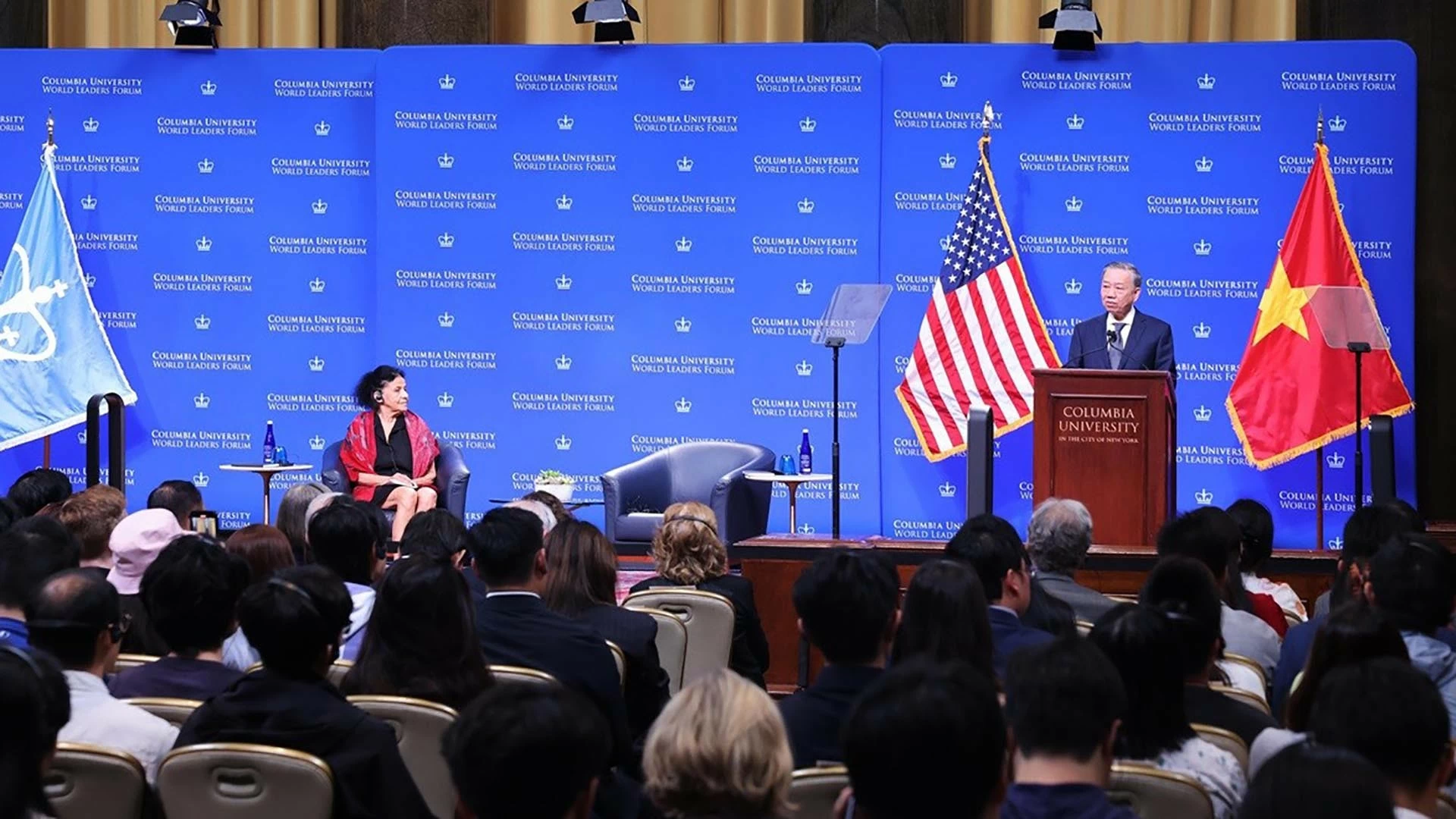 |
| General Secretary and President To Lam delivers a policy speech at Columbia University, the United States on September 23. (Source: VNA) |
Main components
According to the author, strategic narratives contain persuasive “narratives” that allow leaders to share with the world their country’s identity, interests, and vision for the international order. These narratives typically include key elements such as a country’s historical context, core values, aspirations, and approach to international relations, and provide a framework to explain a nation’s past, justify its present actions, and outline its future aspirations.
The story of Vietnam is steeped in the history of the struggle for independence and national unification, focusing on a nation that has heroically overcome centuries of colonial rule and many brutal wars to emerge as a dynamic, rapidly developing nation.
Vietnam’s post-war narrative thus emphasizes a commitment to healing and forward-looking diplomacy with the policy of “making more friends, fewer enemies.” This approach is vividly illustrated by Vietnam’s remarkable efforts to transform challenging relationships with former enemies into constructive partnerships. Countries with which Vietnam once fought wars, including China, the United States, Japan, and France, have all now been upgraded to Comprehensive Strategic Partnerships.
Notably, Vietnam’s ability to overcome historical differences to move toward mutually beneficial cooperation is partly a result of its stance that celebrates values such as justice and humanity in international conduct. For example, the recently articulated ethical principle of “using benevolence instead of violence” is a testament to Vietnam’s long-standing commitment to peaceful and ethical conduct in global affairs.
Another prominent feature of Vietnam’s strategic narrative, the authors point out, is its inherent optimism. Since the end of the Cold War, many resolutions of Party Congresses have maintained the view that “Peace, cooperation and development continue to be the major trend in the world.” This outlook has remained steadfast, despite conflicts and rising nationalism in recent years, reflecting Vietnam’s firm belief in the overall positive trend of international affairs. Based on this positive worldview, the narrative describes a vision of Vietnam as a modern, industrialized society, aiming to achieve upper-middle-income status by 2030 and become a high-income country by 2045.
In its foreign policy approach, Vietnam has always emphasized the core principles of independence, multilateralization, diversification, the importance of political trust, international integration and support for multilateral institutions. Vietnam recognizes the importance of maintaining a balance between major powers, while pursuing strategic autonomy and deepening political trust with all friends and partners.
ASEAN and the United Nations figure prominently in this narrative, serving as important platforms for Vietnam’s international engagement. This approach reflects a delicate blend of realist and neoliberal institutionalism – one that takes a realistic view of the calculations of power and interests, while also calling for international law and multilateral cooperation to temper the harsh nature of global politics and create an environment in which all nations can thrive.
The authors argue that, underlying Vietnam’s consistent strategic narrative is a theory of success: that by developing diverse and deep diplomatic relationships and remaining a responsible member of the international community, Vietnam can achieve rapid, sustainable development while ensuring peace, security and independence. In other words, Vietnam has long bet that being a “model international citizen” is the most stable path to security and prosperity in an increasingly unstable and complex world.
A journey
While maintaining the core of Vietnam’s long-standing strategic narrative, General Secretary and President To Lam has made subtle adjustments that reflect the country’s entry into a “new era.” This is evident in recent speeches and diplomatic activities by the head of the Party and State, which underscore the country’s transformation and readiness to adapt to a rapidly changing global context.
For example, at the 79th session of the United Nations General Assembly, General Secretary and President To Lam emphasized the complex and dangerous international environment, characterized by selfish nationalism, increasingly narrowing living and development space, as well as the increase of non-traditional security challenges. More importantly, “the risk of nuclear war, even World War III, cannot be ruled out.”
The speech contained several relatively new expressions, reflecting a more serious and up-to-date assessment of global risks and underlining Vietnam’s growing awareness of the precarious nature of international affairs following recent regional conflicts and its belief in the need for proactive diplomacy and enhanced multilateral cooperation to mitigate these risks.
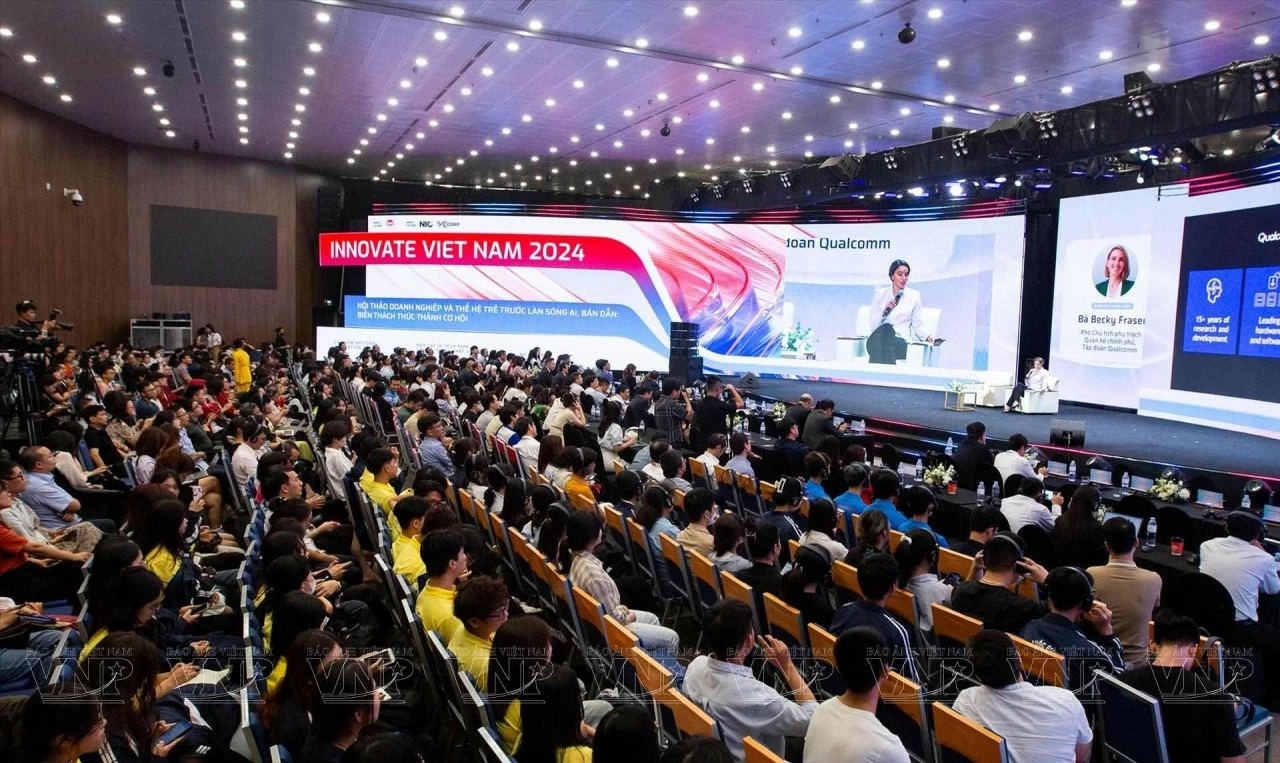 |
| Delegates attend a workshop within the framework of the program to celebrate the 5th anniversary of the establishment of the National Innovation Center (NIC) and the Vietnam Innovation Day 2024 at Hoa Lac Hi-Tech Park, Hanoi on October 1. (Source: VNA) |
Another key element of Vietnam’s development story is the emphasis on science, technology and innovation as key drivers for Vietnam’s 2030 and 2045 development goals, recognizing that the opportunity for Vietnam to escape the “middle-income trap” is only 10 to 15 years away. As such, General Secretary and President To Lam has frequently emphasized the role of scientific and technological advances in achieving sustainable growth and improving people’s living standards. The focus on advanced technologies, especially artificial intelligence (AI), reflects Vietnam’s desire to leverage innovation as a means to drive development and enhance global competitiveness.
Finally, the Vietnamese leader also adjusted the relationship between national interests and international engagement, reflecting a more harmonious theory of success in the strategic story of the S-shaped country. At Columbia University, he affirmed: “We cannot realize the above-mentioned noble goals without the pure international solidarity, valuable support and effective cooperation of the international community. Our success is your success.”
The development narrative follows developments to date but also places greater emphasis on Vietnam’s potential contributions to global progress and underscores Vietnam’s commitment not only as a subject of international cooperation, but also as an active member in addressing global challenges in this new era.
The road ahead
Vietnam’s evolving strategic narrative, according to the head of the Vietnamese Party and State, reflects a country facing a crossroads in global affairs. This sophisticated narrative not only reflects growing confidence but also highlights the country’s deep understanding of an increasingly uncertain international landscape. By championing independence, multilateralism, and technological innovation, Vietnam seeks to chart a dynamic balance of major powers while also aligning itself with pressing global priorities such as sustainable development and climate change mitigation. This approach can enhance Vietnam’s soft power and influence in international forums, positioning Vietnam as a responsible partner in the global community.
The road ahead, however, may be challenging. As great power competition intensifies and global issues become more complex, Vietnam’s ability to maintain a carefully balanced approach will be tested. The effectiveness of this narrative will depend on Vietnam’s ability to translate thinking into concrete action – a task complicated by domestic demands and the unpredictable nature of international relations.
In conclusion, the authors argue that Vietnam’s evolving strategic narrative represents an unquestionably balanced and reflective response to a changing world. It is a narrative that intertwines national ambitions with pragmatic assessments of global realities, offering a vision of Vietnam as both a beneficiary and contributor to international cooperation. As this narrative continues to develop and manifest itself in policy decisions, Vietnam has the potential to reshape its global position and influence.
The coming years will show whether this story can withstand the pressure of an ever-changing global order and truly usher in the “new era” that General Secretary and President To Lam envisions for Vietnam.
Source: https://baoquocte.vn/cau-chuyen-chien-luoc-cua-viet-nam-la-gi-290000.html


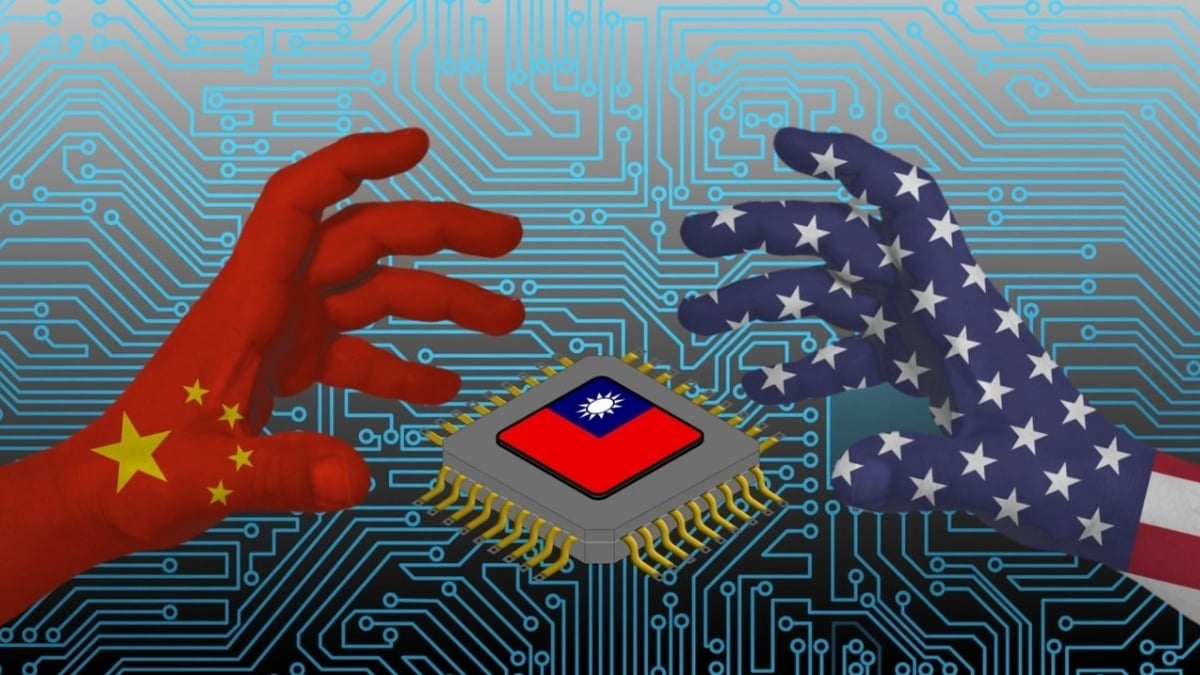
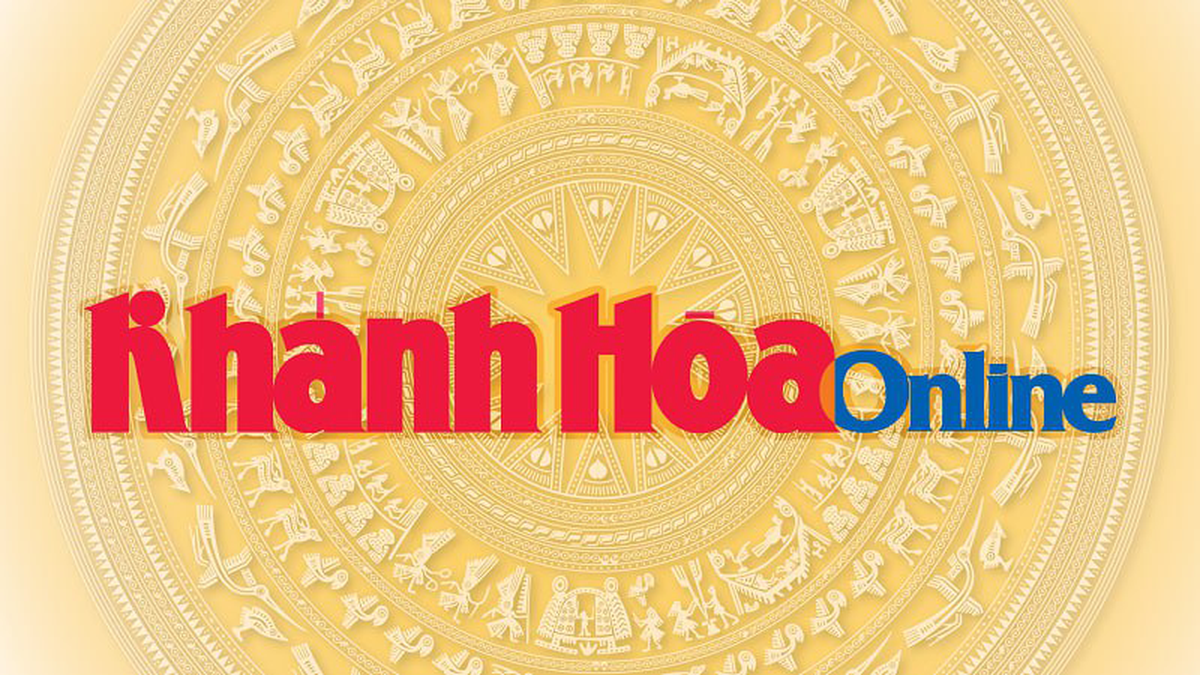
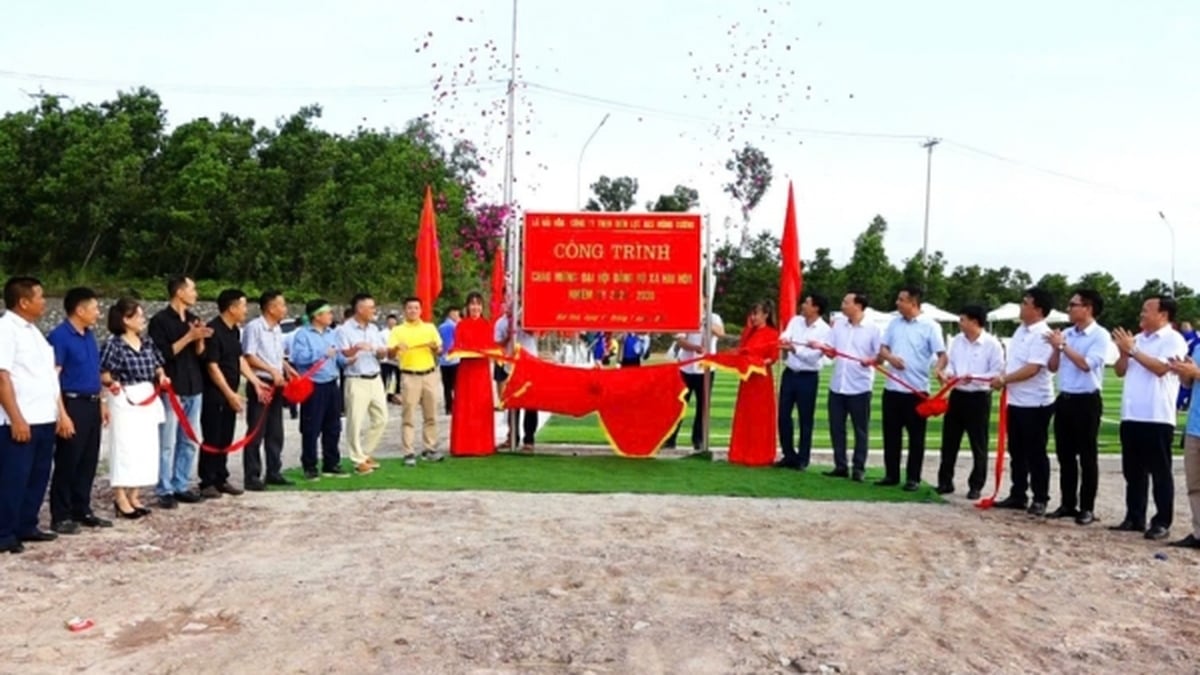
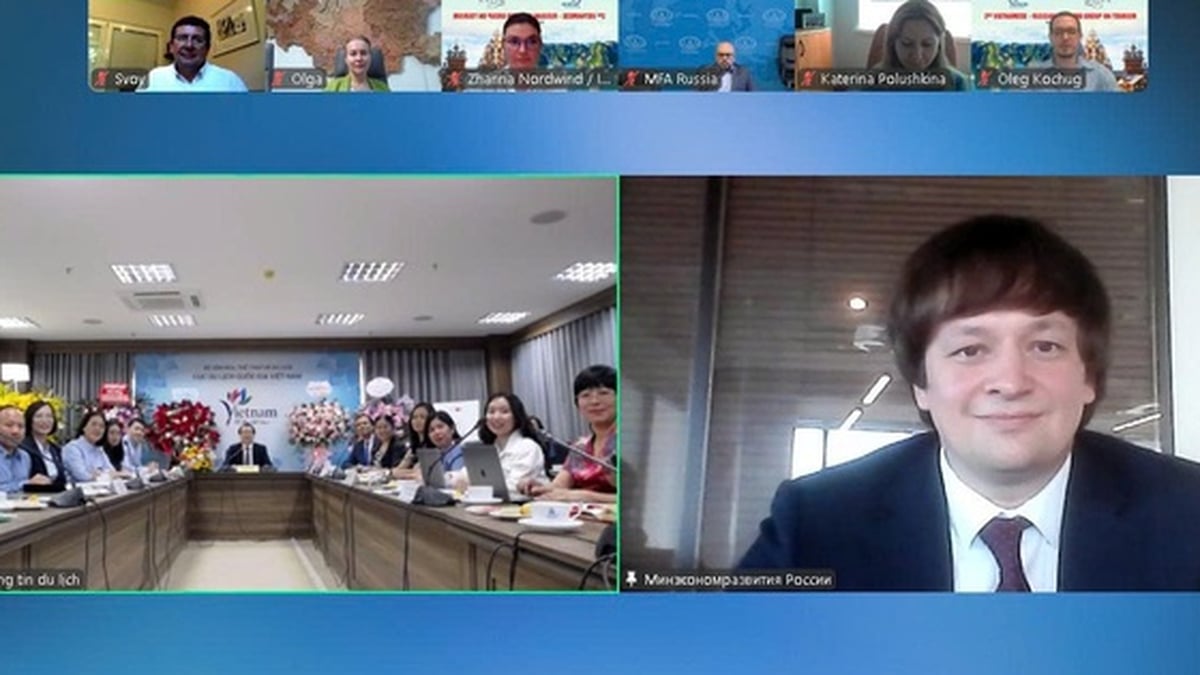



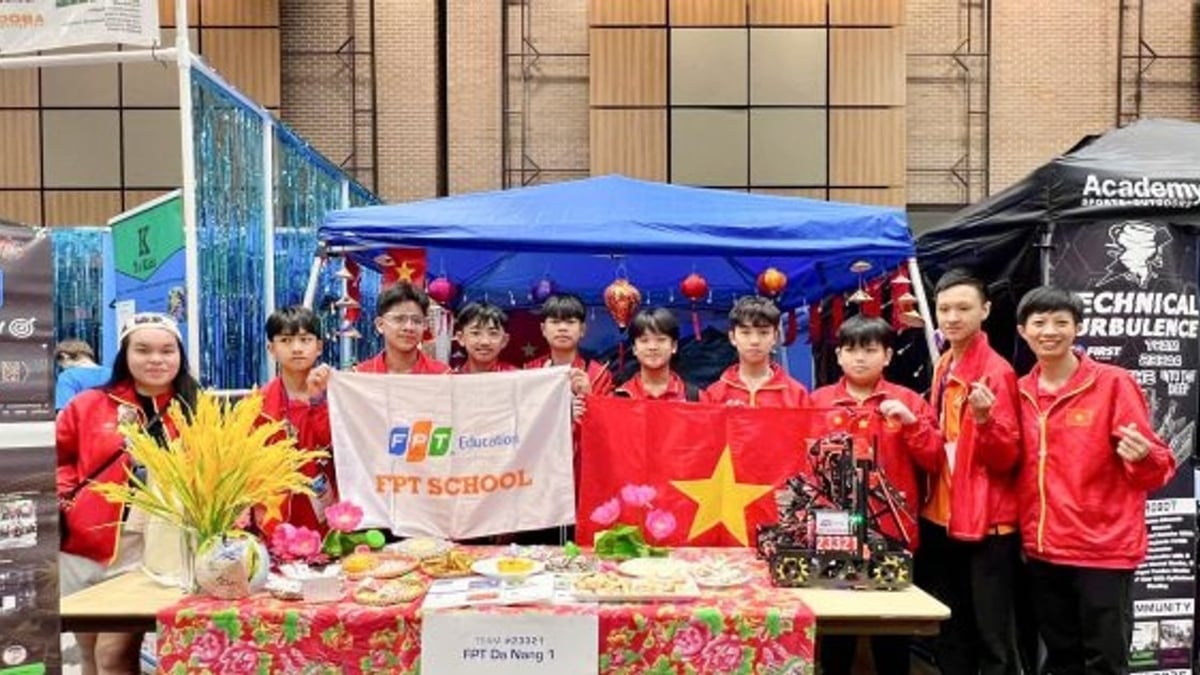
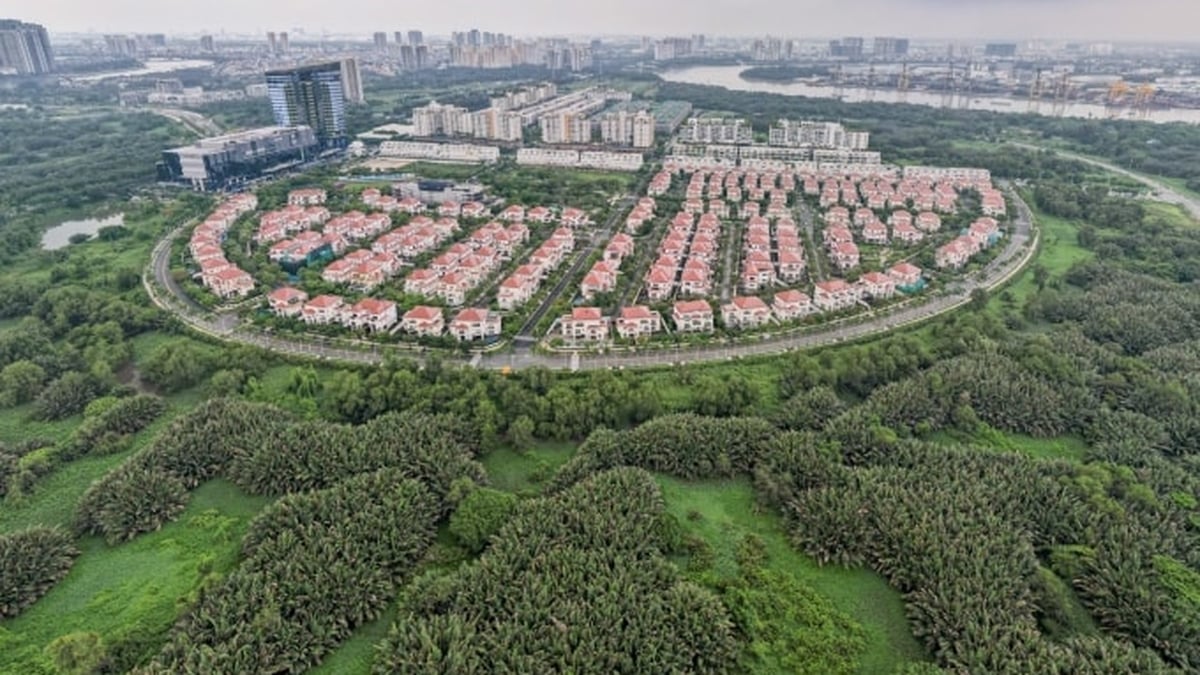
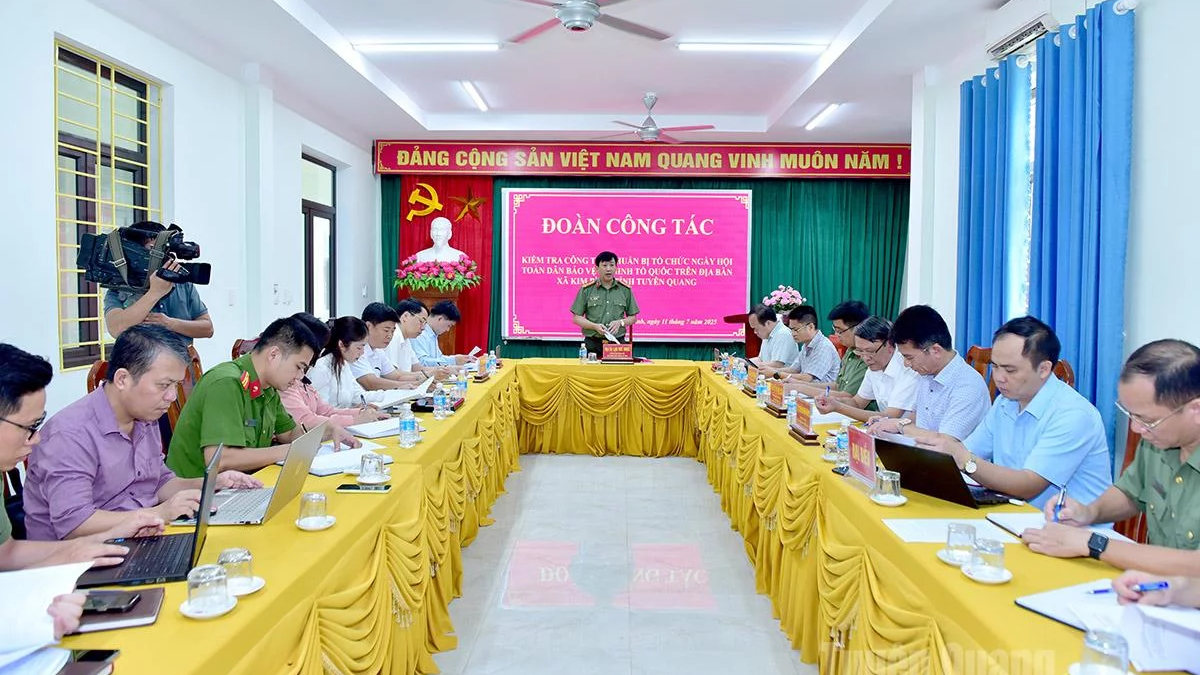



















![[Photo] Gia Lai provincial leaders offer flowers at Uncle Ho's Monument with the ethnic groups of the Central Highlands](https://vphoto.vietnam.vn/thumb/1200x675/vietnam/resource/IMAGE/2025/7/9/196438801da24b3cb6158d0501984818)


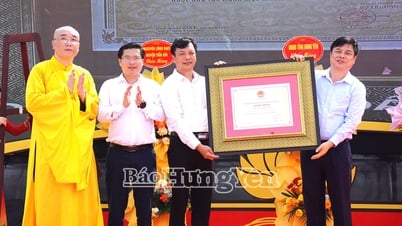

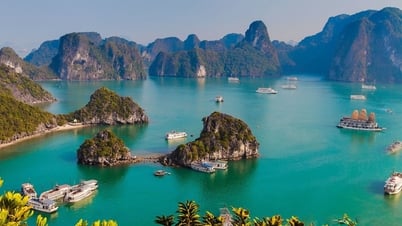

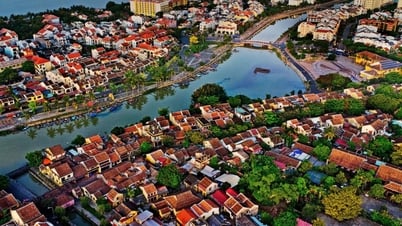



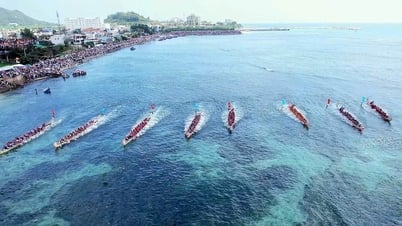

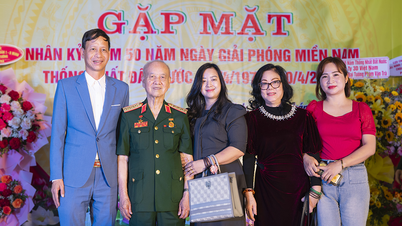

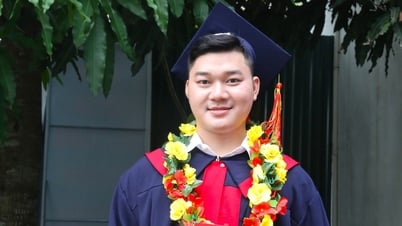

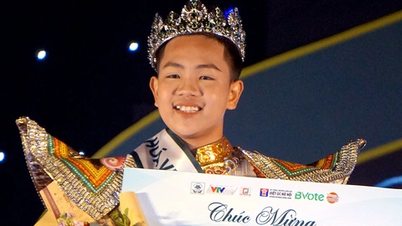
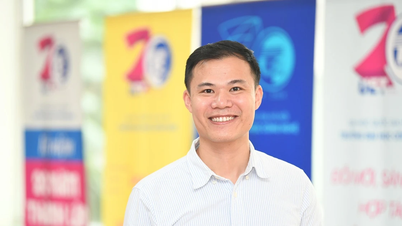

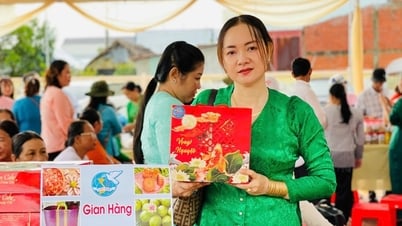





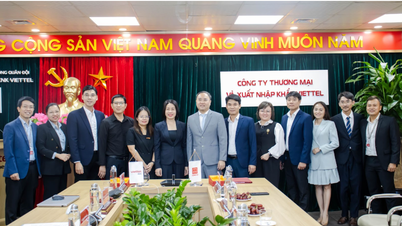

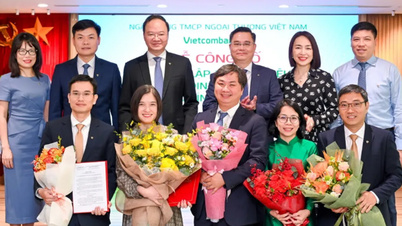

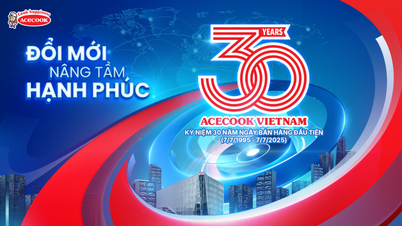

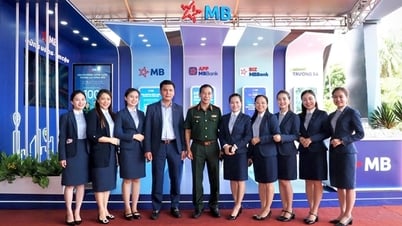
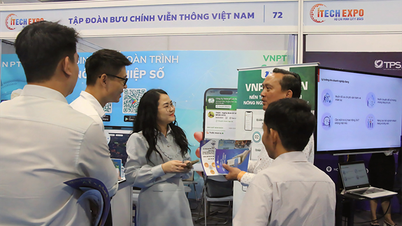
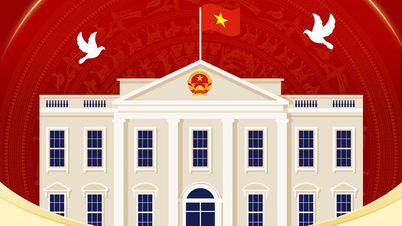

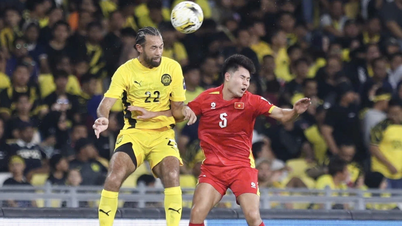
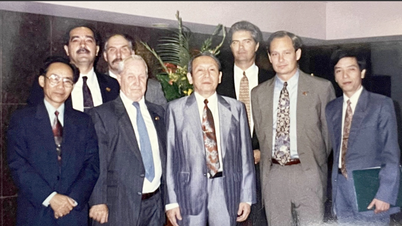



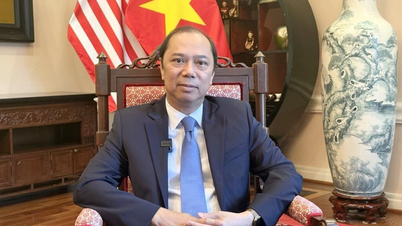
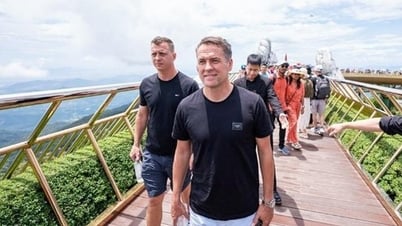

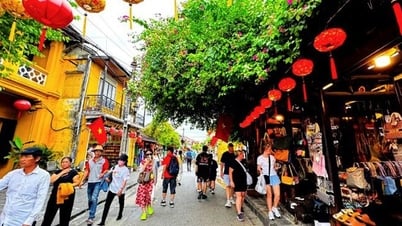
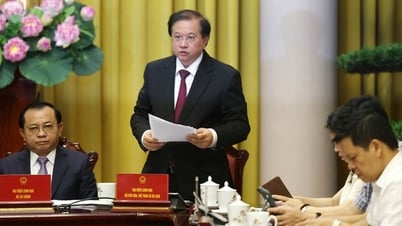
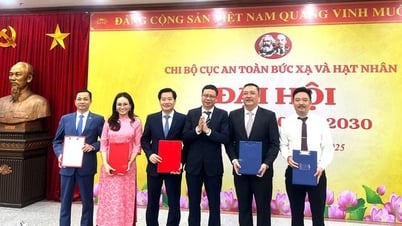

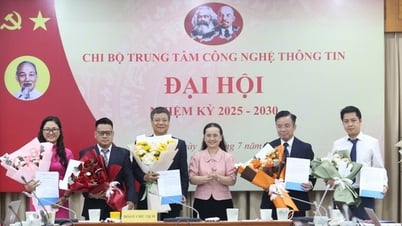
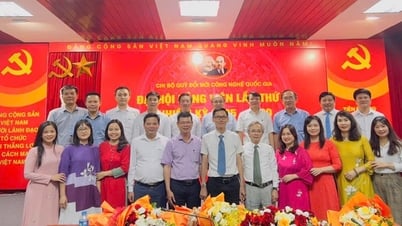











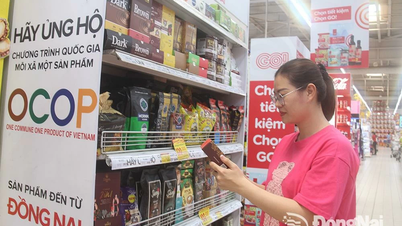







Comment (0)